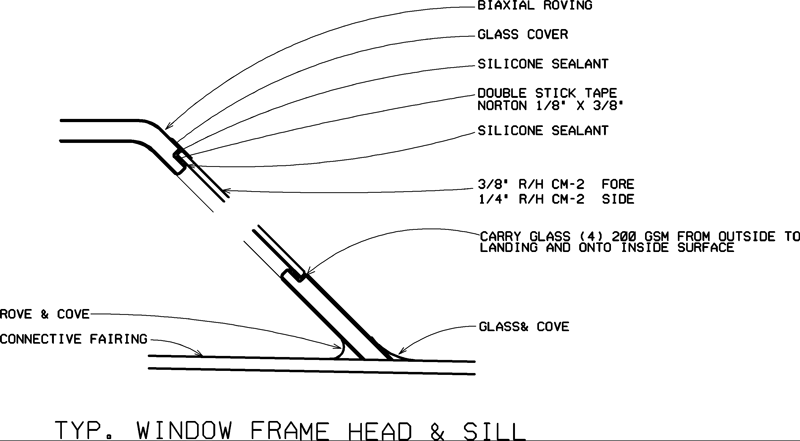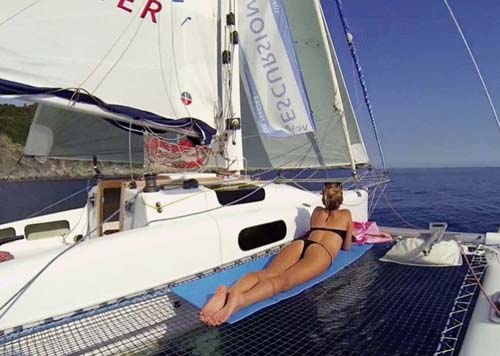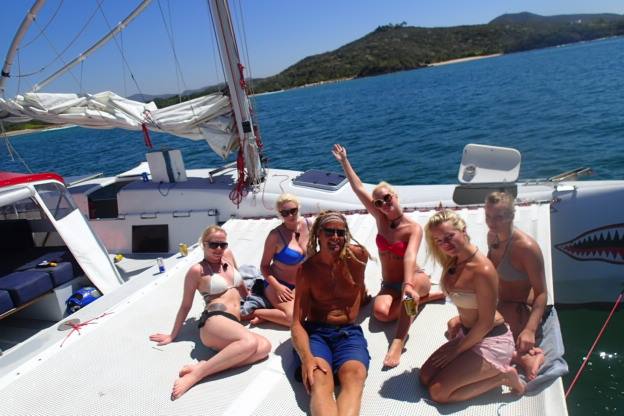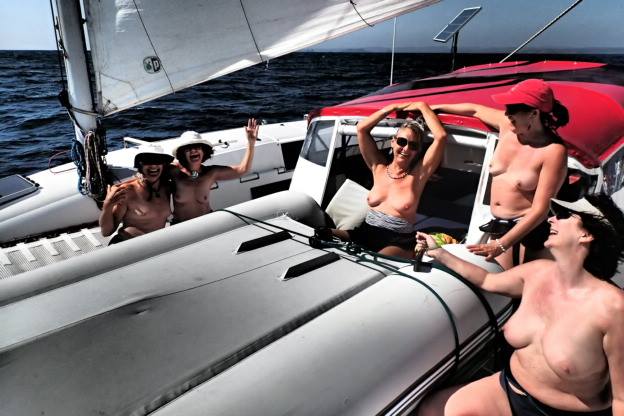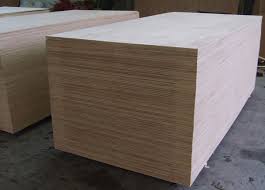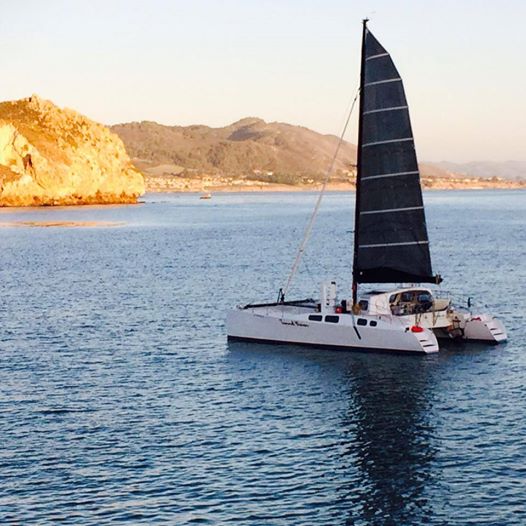Fellow catamaran designer Richard Woods did some nice research on sticking windows. He contacted 3M, and this is what they replied:
Thank you for contacting 3M, the innovation company. Our VHB tapes are suitable for bonding plexiglass windows to a fiberglass boat. A similar application bonding windows in motor homes is currently utilizing VHB tape.
The VHB 5952 family may be a good choice, but we prefer tape 5962,which is the same product except thicker (62 mils thick). The extra thickness helps fill any gaps between the plexiglass (perspex) and the fiberglass to help insure a tight seal, plus the thicker tape will expand and contract more. The VHB tapes will expand lengthwise three times the thickness of the tape.
Another tape that is an option is VHB 4979F. This product is also 62mils thick. The core of the tape is gray, but the top and bottom surfaces are black (you can only see the gray at the edges).
With both products, it would be best to use Adhesion Promoter 111. Plexiglass can have a variety of coatings, such as anti-glare,anti-fog, or scratch resistant. Some coatings are a bit slick. AP111 helps insure the tape bonds well.
If the window has square corners, a small dab of sealant may be needed right at the corner seam to help make it water-tight. Our 4000UV sealant is an option.
Regards,John Dritsas-Inside IATD Product Specialist- 651-575-4270 jdritsas@mmm.com mailto:jdritsas@mmm.com
And I’m impressed how helpful 3M is,especially compared to ZipLock. I have been specifying using Norton double stick tape for years and it is in a graphic here from a year or so ago. I did not have a part number though so this is great. Most of my cat windows are recessed so standing water can freeze and damage the seal. To prevent that, I spec a UV resistant silicone sealant to be applied both inside and out as in the detail below.
One thing to keep in mind when installing windows this way is that once you place the window on the tape, its there. You cannot try it again. Line it up exactly right the first time.
Of course no fasteners are needed. One good example of this is the KHSD 58′ Aolani http://www.aolani.cc/ They have about a mile of window seams and are well into their second decade.
The thickness of the tape helps dissipate the dimension delta caused by the temperature delta. That amount for acrylic is .00004″ per inch per degree. So a delta of 100 degrees F and a window of 6′ would have a thermal size change of 0.288″. That would be between two sides, so half of that at each side. Clearly a goal in life then is to try to place windows during midrange temperature. That will halve your dimensional delta.
